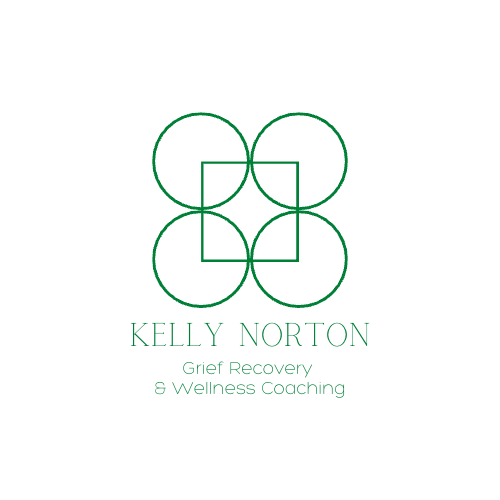Beyond the Winter Blues: Distinguishing between Seasonal Affective Disorder and Grief
As winter begins and the days get darker, some people experience something called Seasonal Affective Disorder or SAD. This can also be known as seasonal depression or the winter blues. While not related to grief, some of the manifestations of SAD and grief are similar, so let’s look at each so we can distinguish between the two so you can get the right help for your needs.
According to The American Psychiatric Association, about 5% of the population experience SAD. People in northern latitudes, women, and younger people tend to be at higher risk for developing SAD.
SAD is not just feeling a little blue. SAD is categorized as a major depressive disorder with a seasonal pattern due to a lack of light. Symptoms can include depressed mood, fatigue even when you’re getting enough (or even too much) sleep, carbohydrate cravings sometimes leading to weight gain, loss of energy or interest in things that previously brought us joy, and difficulty thinking or making decisions. The key with SAD is that there is a predictable yearly onset that usually dissipates in the spring.
Grief is the normal and natural response to a personally significant loss. Typically, grief pops up because of a specific event — we don’t experience grief without losing someone or something important to us. Grief is not just feeling sad. Grief can be a rollercoaster of emotions — some of them conflicting. We can feel sadness, anger, relief, guilt, etc. We can often feel a sense of wishing things were different, better, or more. With significant loss, we can experience a shift in our identity — who are we now? And if our grief is because someone we love has died, we can feel a yearning for our loved one.
The symptoms of grief can include emotional upheaval, sleep disturbances, changes in appetite, depressive mood, lack of interest in things we used to find pleasure in, and cognitive issues (also known as grief brain).
Many of the manifestations of grief and SAD overlap, so it’s easy to confuse the two, especially in the winter months.
The critical differences between SAD and grief are:
Seasonal Affective Disorder has a distinctive seasonal pattern; it’s light-dependent, and the symptoms are significantly based on fatigue and lack of energy.
Grief is tied to a specific loss (or losses), is emotionally complex, and is experienced year-round.
This can get complicated when you have both grief and SAD. Experiencing SAD can make grief more challenging because your reserves for dealing with significant emotional stress are already lower.
Let’s look at a case study.
Claire is a recently widowed woman in her 40s. She has experienced Seasonal Affective Disorder for years, ever since moving to Chicago as a grad student. She lost her husband in the spring, and after a few months of intense grief, she thought she was handling it okay. But then, in the fall, she started to feel her depression kick in, and she began to really miss her husband as the holidays approached. She wasn’t sure if it was grief or SAD. Her doctor recommended light therapy, which has helped in the past, as well as some vitamin D supplementation and medication. The depression started to ease, but her thoughts of wishing her husband was still here and how the holidays felt empty without him persisted. So, her doctor then suggested getting some professional support for her grief.
Because grief and SAD can look so similar, it can be difficult to distinguish which is which when we are experiencing both, so knowing the differences and how to treat them is vital. If you know ahead of time that you experience SAD, you can be prepared that you might feel an uptick in your grief symptoms and triggers, too.
You don’t have to suffer alone with either of these debilitating conditions. If you are experiencing SAD, please reach out to your primary care doctor or your therapist. If you are grieving and want support, I know a grief specialist (hi, it’s me!) who can help you navigate grief not just during the dark days of winter but all throughout the year. Please set up a free consultation call with me HERE.

